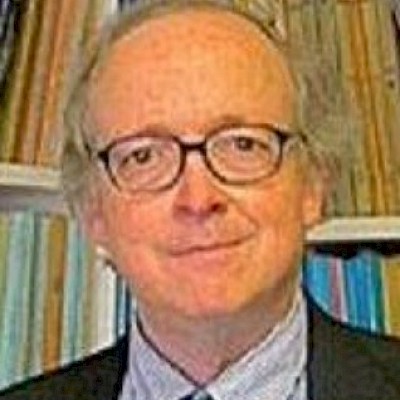
Marianne Dunn Wofford
Marianne Dunn Wofford died on Saturday, Jan. 20, 2024, after a brave battle with Parkinson's disease.
A loving Granny to Beck and Keane, a steadfast friend and a businesswoman of integrity, she loved to cook and entertain. Her homes reflected her unique taste and love of colorful, lively artwork. Likewise, her gardens were full of texture and color, providing visitors relaxing warm surroundings in which to commune.
Marianne was born in Searcy, Ark., on Dec. 19, 1949, the sixth of seven children. She attended college at Arkansas State University in Jonesboro. After marrying, she relocated to San Antonio, where she lived for 14 years and served as a bank officer at Alamo National Bank. In 1984, she moved to Kerrville, Texas, and received her bachelor's degree in business at Schreiner College. While studying there, she also worked as an alumni liaison for the Hill Country College Fund.
She spent the next 22 years as an investment advisor with A.G. Edwards and Morgan Stanley before opening her own Ameriprise Financial office (Collum, Wofford and Associates) with Dawn Collum in 2012. She took great pleasure and care in helping her clients plan their financial futures.
Marianne believed in serving her community and did so on numerous boards and committees, most significant of which was fundraising for the Dietert Center and co-chairing the Hill Country College Fund. She was also the first woman president of the Rotary Club of Kerrville, and served as an elder at First Presbyterian Church.
After being diagnosed with Parkinson's in 2014, Marianne, as was typical, found a way to turn a negative into a positive by helping others. With help from a few close friends and support from Peterson Regional Medical Center, she set about creating a Parkinson's support group. Its monthly attendance quickly grew and continues to provide information and support to patients and caregivers. While servicing on the support group board, she helped bring to Kerrville the beneficial Parkinson's therapy programs Big and Loud and Rock Steady Boxing. She received an award for this work from the San Antonio Parkinson's Association.
Marianne was preceded in death by her parents, O.L. Dunn and Blyss Gentry Dunn; as well as brothers, Gentry Owen Dunn, Danny Lane Dunn and Michael Duane Dunn; and sisters, Carolyn Blyss Dunn Householder, Pamela Jean Dunn Griffin and Rita Dunn Sultan. As adults, she and her sisters took "Sisters' Trips" and had so much fun that their brothers decided they would travel along as well.
She is survived by her son, Bryan David Wofford, his wife, Erin Mosty Wofford, and her beloved grandsons, Beck Scott Wofford and Keane Emmet Wofford, all of Center Point, Texas. She is also survived by many nieces and nephews, all who brought great joy to her life. She was affectionately known as "Granny" to many great-nieces and -nephews.
Marianne unfailingly touched lives with her kind spirit and is leaving many loved ones and friends to honor her life.
•
Remembering Marianne Dunn Wofford
Use the form below to make your memorial contribution. PRO will send a handwritten card to the family with your tribute or message included. The information you provide enables us to apply your remembrance gift exactly as you wish.









